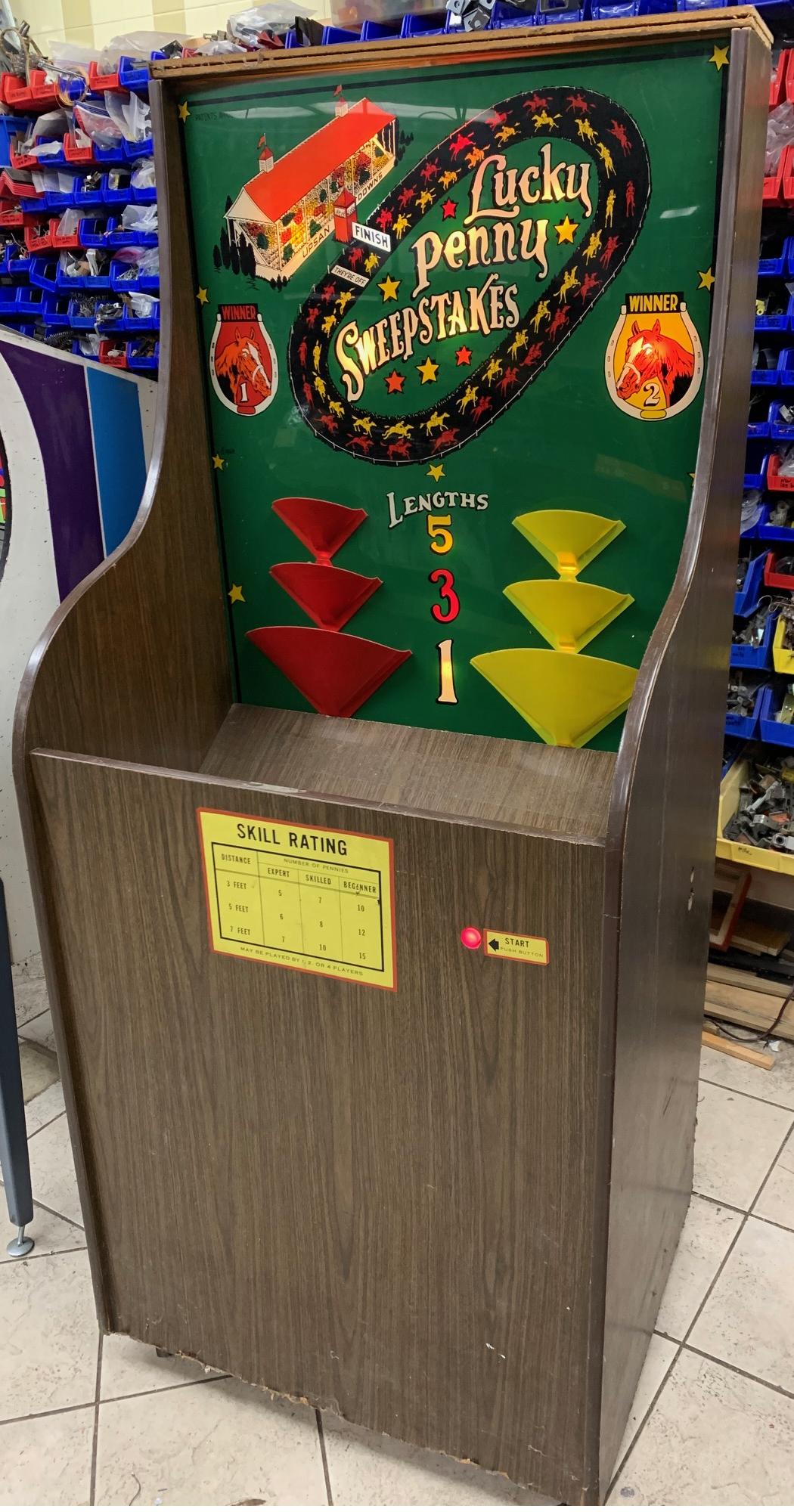
|
Description: Lucky Penny Sweepstakes, Penny Amusements (Syracuse NY), circa 1970, penny pitch style of game. (Date of game dictated by component date/source codes.) Horse race game where two players throw pennys at the game, trying to move their horse to the finish line first. There are three scoops for each player on the front of the game that collect the pennies. The top smallest scoop moves the horse further. Note a player can throw their penny into the wrong color scoop, advancing their opponent's horse. First player to get their horse across the finish line wins and a bell sounds. Note this game has *no* coin mechanisms. Essentially it is free play, with the pennies thrown being the collection monies. First known linkable game, where up to any number of games can be connected for group play (though frankly no game I have seen has the electronics or connectors to do this, but the flyer states this option.) It also states four players can play... I guess this is possible if two people per color (horse) both throw pennies. Scoring works much like a skee ball game... if you put the penny in the top (smallest) chute, it goes down a scoring lane for all three chutes, giving 5 horse advances. The middle penny chute gives 3 horse advances, and the bottom (largest) chute gives 1 horse advance. This game was made with two different styles of scoring, switches or optics. This is a really early use of optics, they are 2n5778 photo darlington transistors (which look like small clear transistors.) Only two of the three legs of each optic transistor are used. And if the light source (light bulb) for any optic is not working, the game is rendered useless! That's because lack of light means to the game a penny is blocking the optic, and the horse stepper unit will continually advance! The #44 (or #555) light bulbs for the optics must all work! Each horse has five optics (or switches), for the penny to trigger. And each optic or switch closure moves the horse stepper unit one position. On optic games, each player side has a small circuit board with three transistors and a 6C2T tube. I know, seems weird, but this game actually uses tubes! In fairness, the tubes are really delay relays in vacuum tube format. If the game uses switches (not optics), only one 6c2t tube is used (for the bell), instead of three tubes (as used on optic games.) I can't tell if switches were done first and not found to be reliable enough, or if optics were first. Switch style games were cheaper to make, as they don't need the small circuit boards and additional 6c2t vacuum timer tubes. The game also uses two stepper units for the horse positions. They are small steppers, much like say a shuffle alley scorer sized stepper. If the game uses switches, the switches are connected directly to the step-up coil of the stepper unit. If the game uses optics, the optics connect to that small circuit board (described above), which advances the stepper unit through the 6c2t delay tube (if the tube is missing, no scoring will occur!) If you have any info on Penny Amusements or Bilotta Enterprises (the distributor of this game), or a Lucky Penny Sweepstakes for sale, please contact me at cfh@provide.net
|
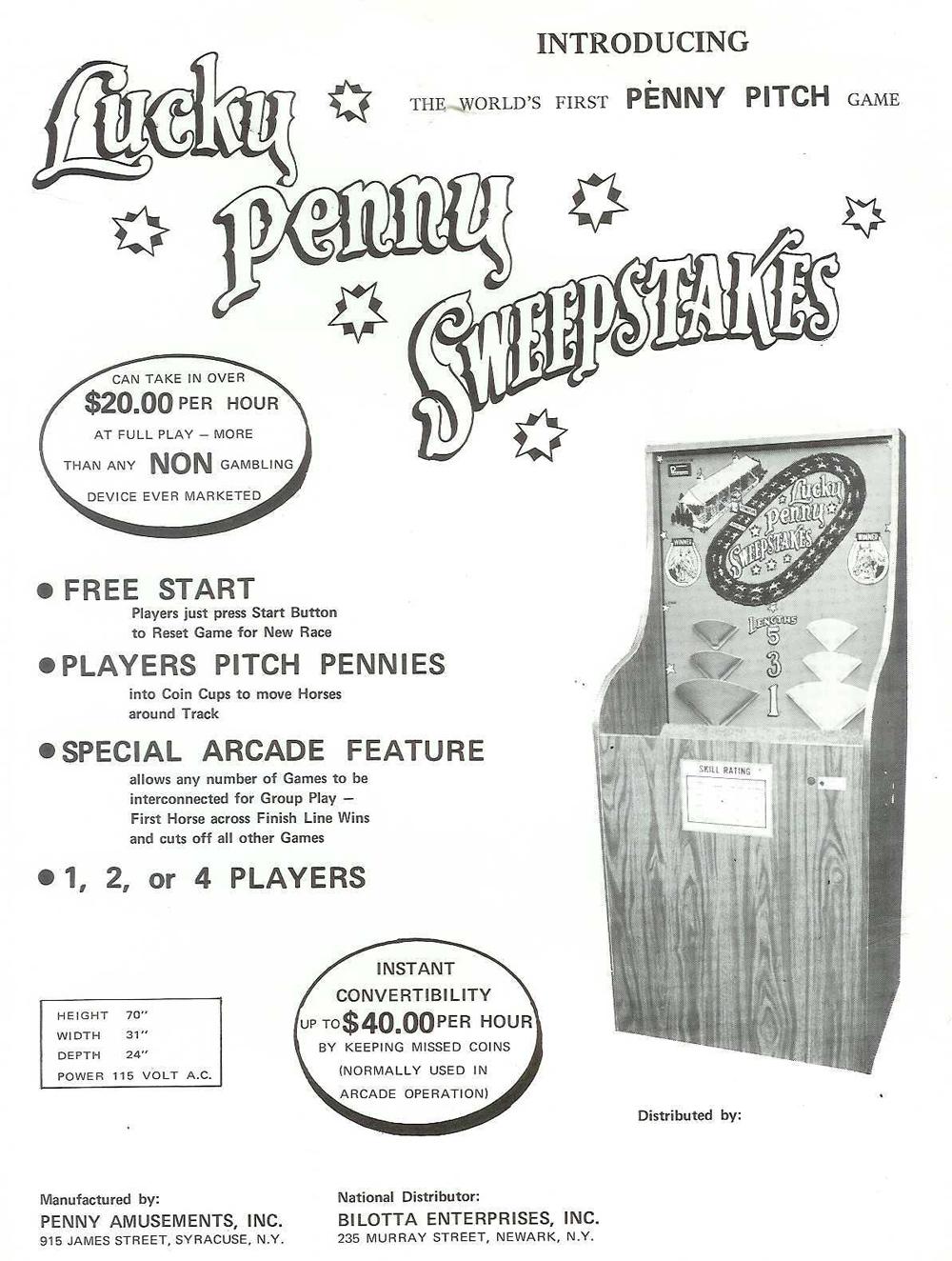

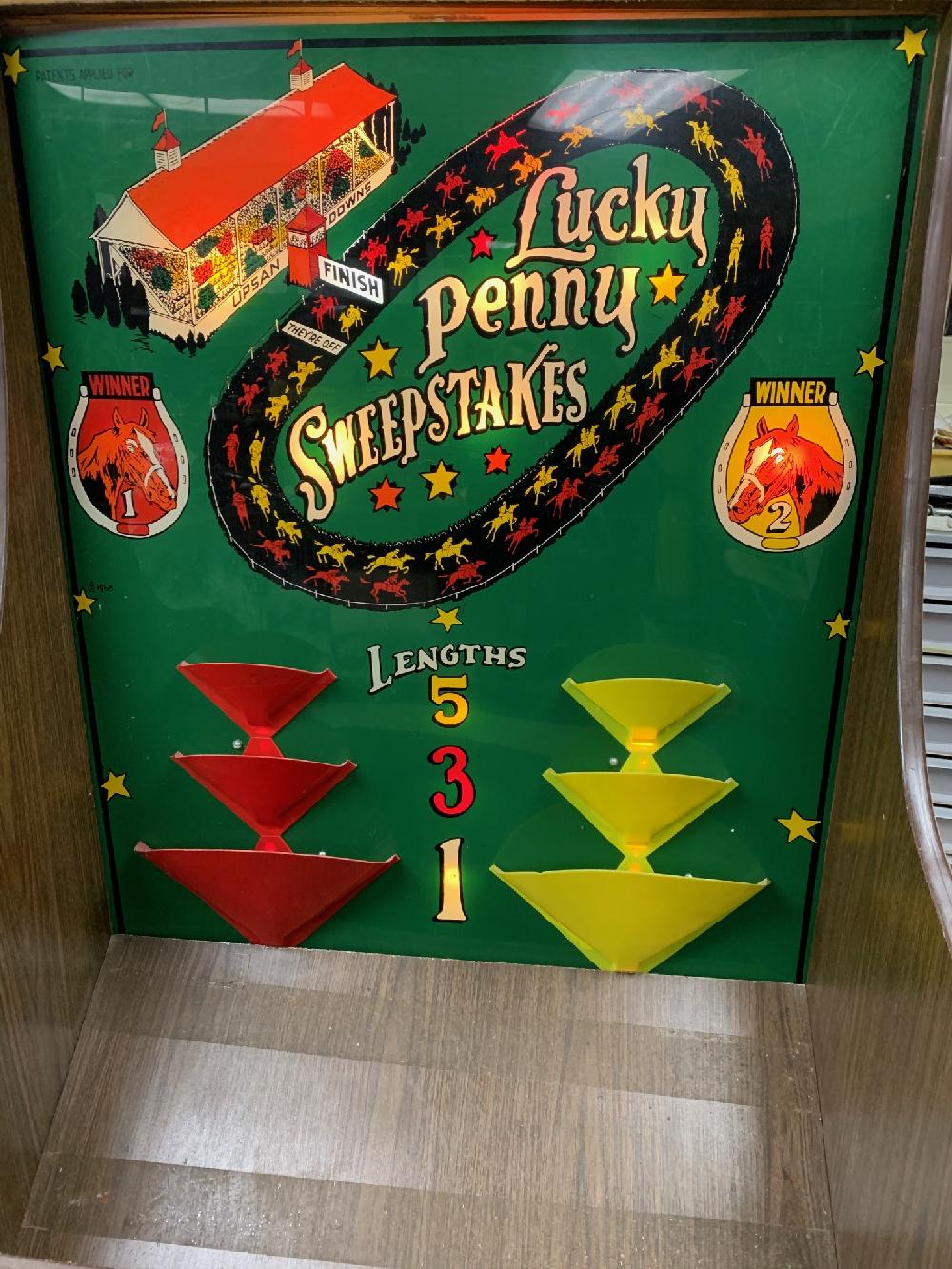
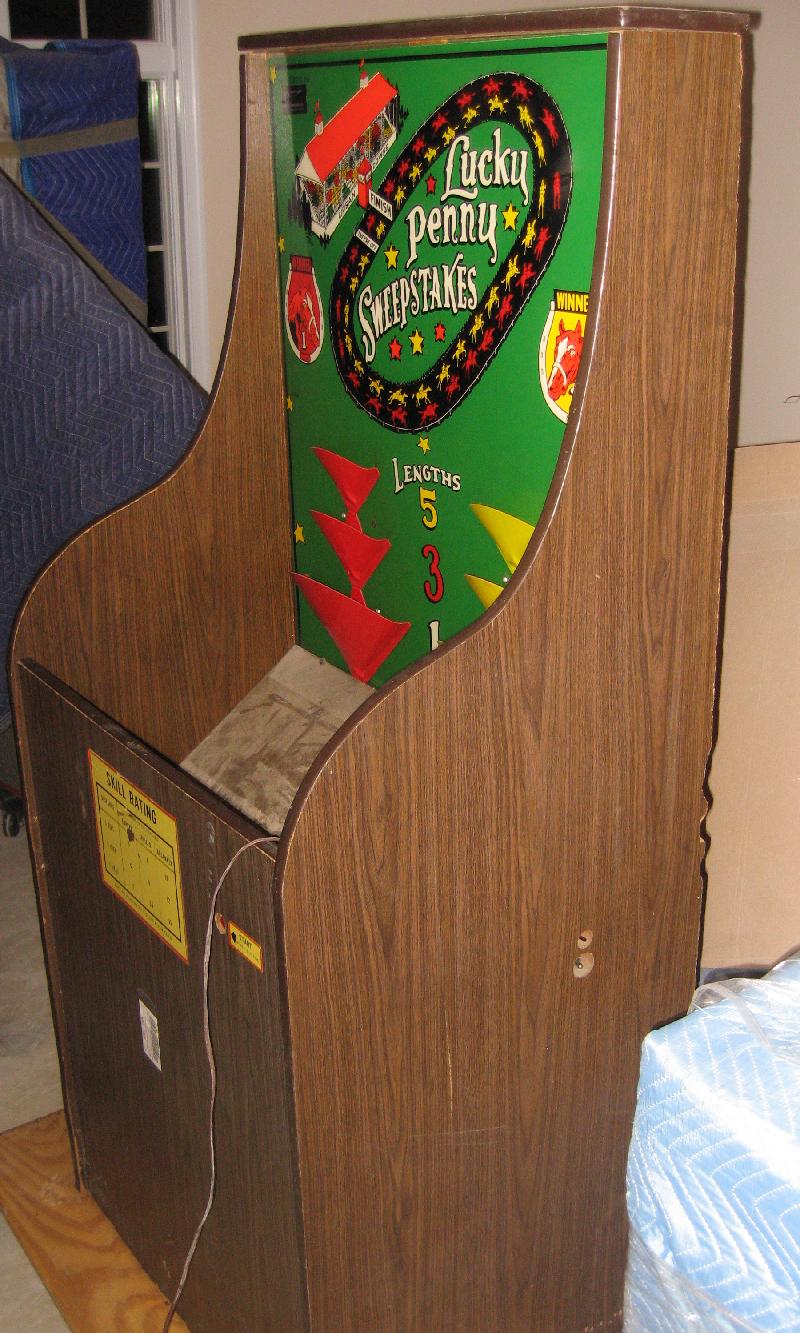
Below are pictures of an optic style Lucky Sweepstakes penny pitch game.
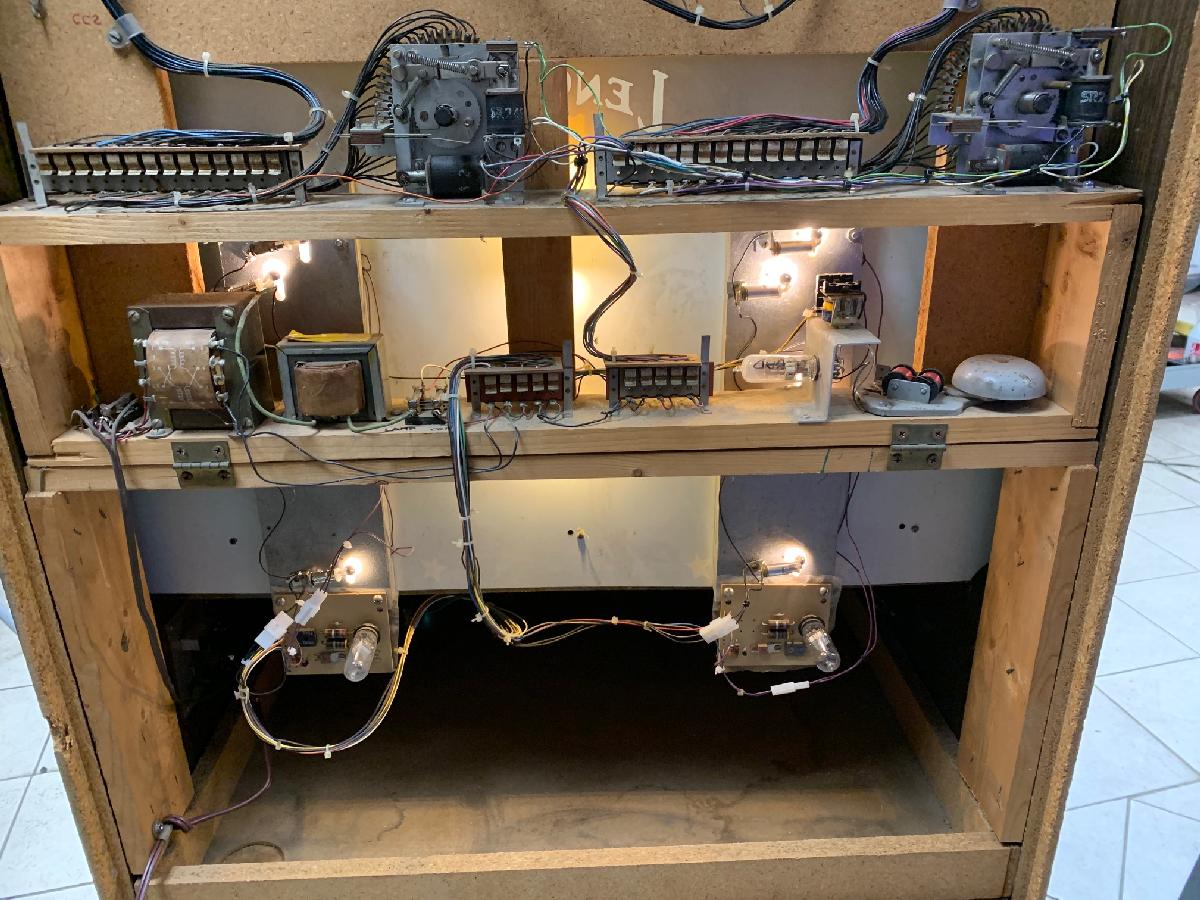
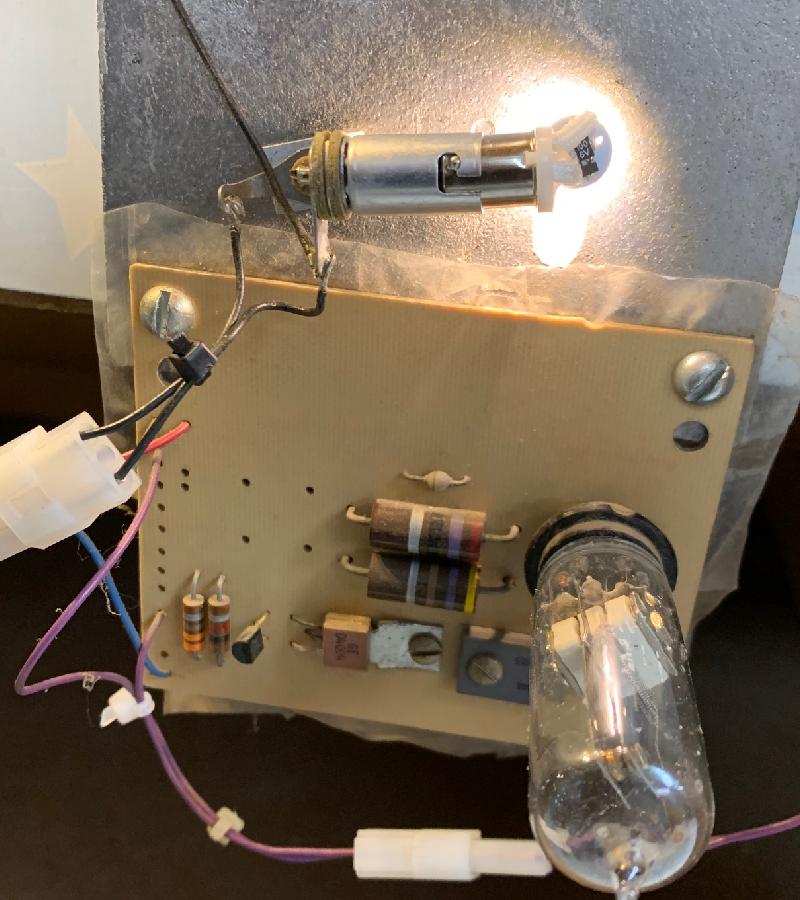
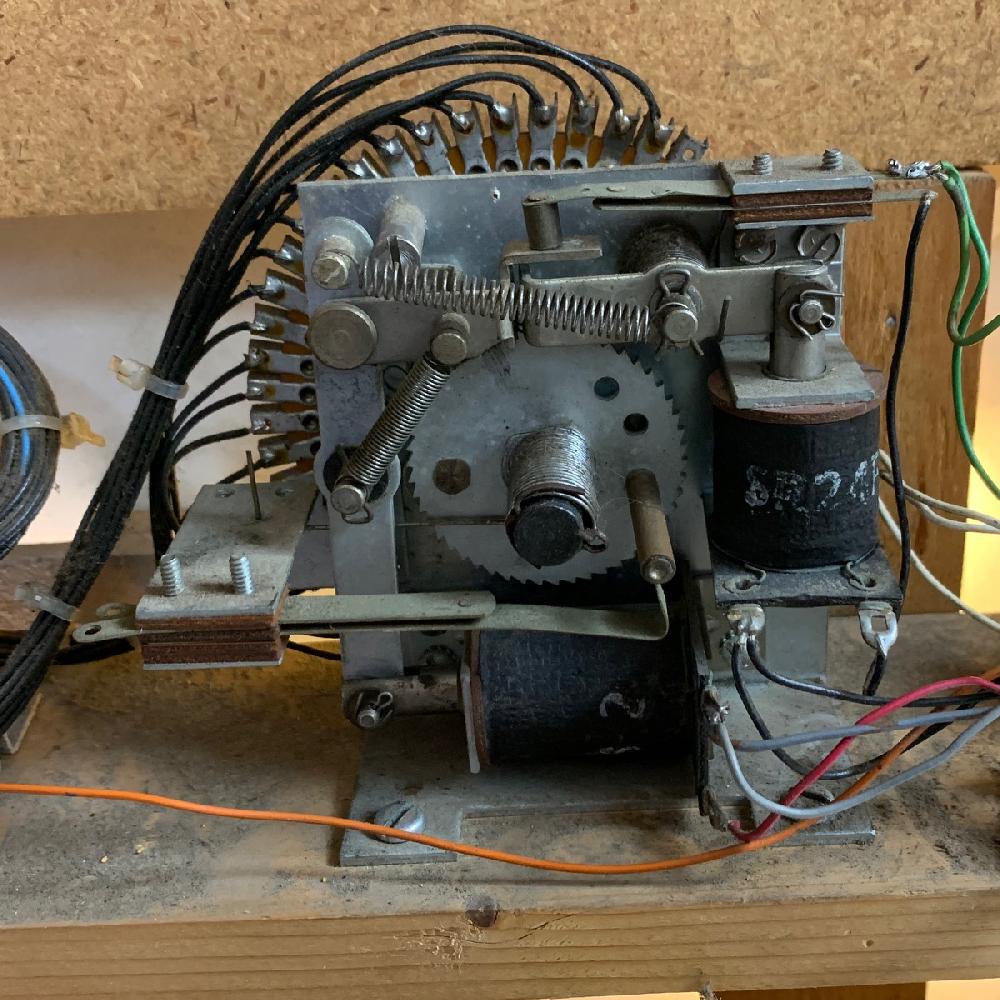
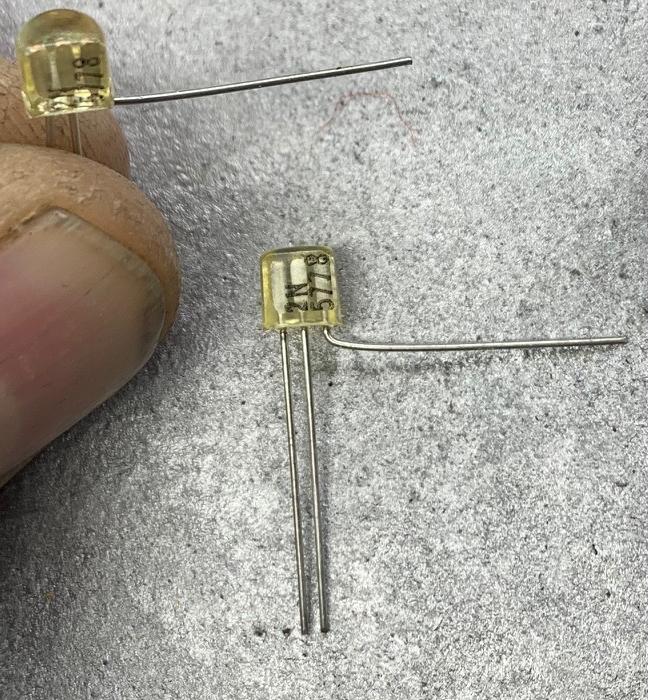
|
* Email the collector cfh@provide.net * Go to the EM Arcade History index * Go to the Pinball Repair/History index |